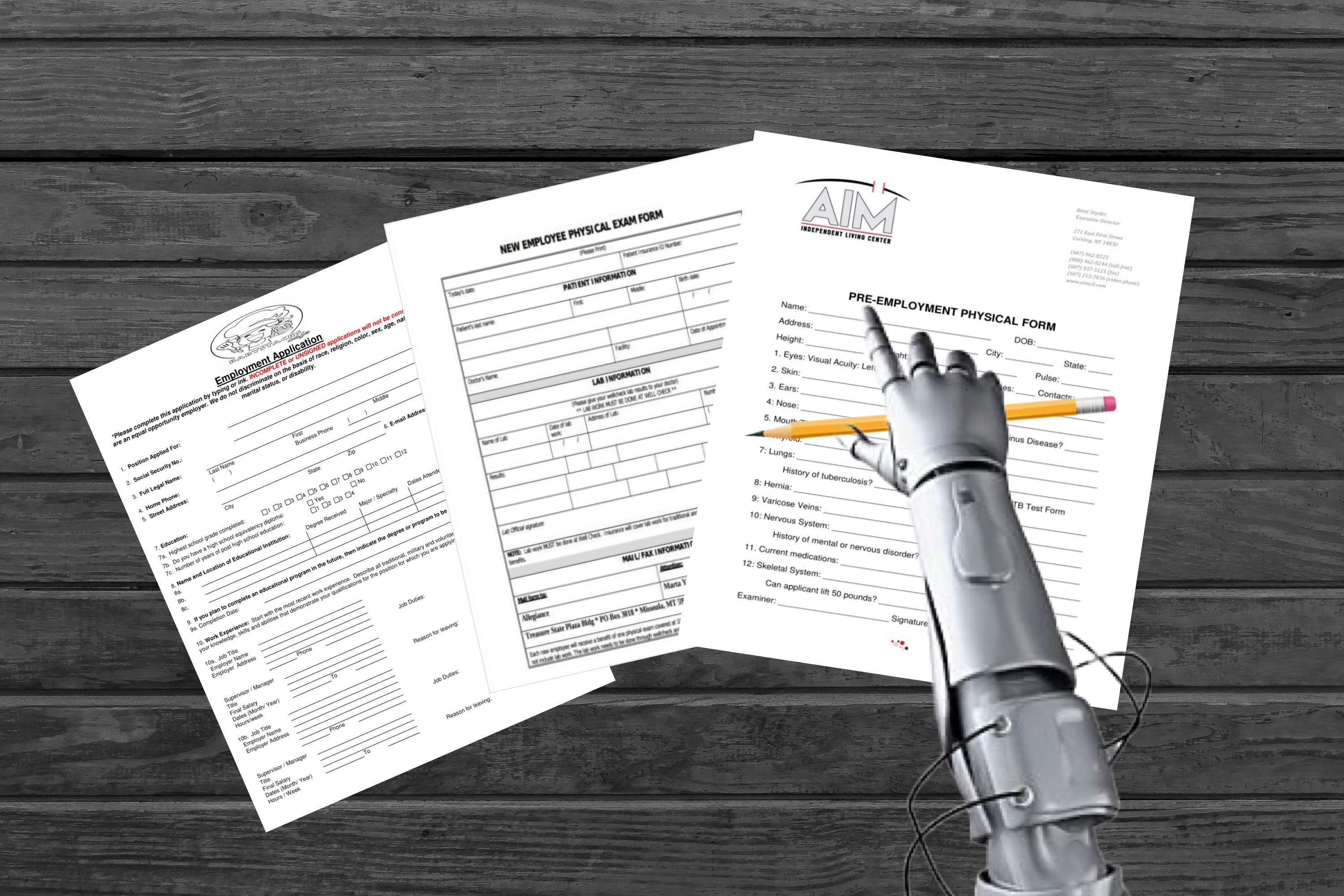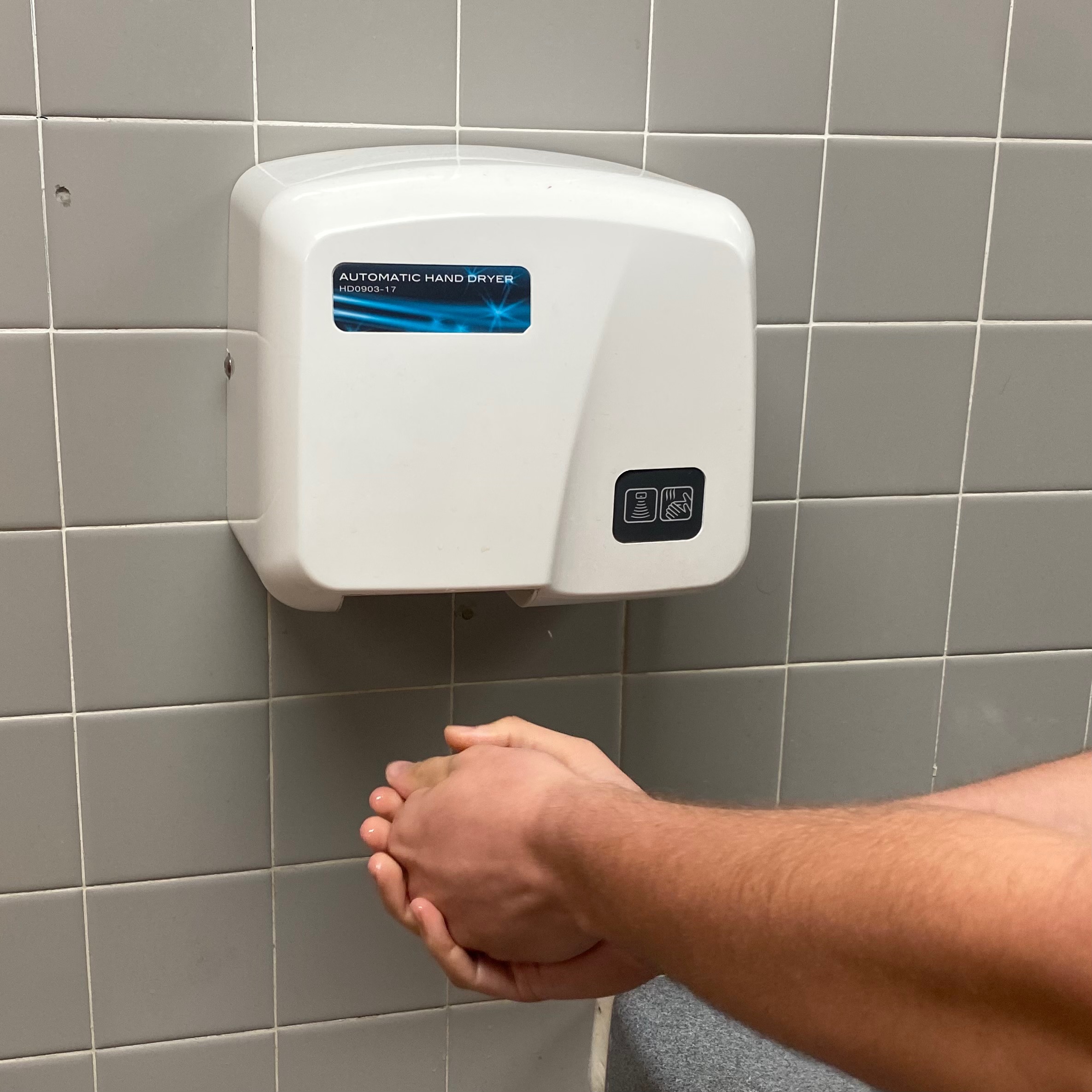By Ryder Navarra
The rapid advancements in Artificial Intelligence (AI) are startling for many and are transforming the way industries operate. While traditional automation already has a significant impact on job markets, the integration of AI technology poses new challenges as it begins to take over human jobs.
The rise of AI in industries has undeniably left a mark on the job market, automating tasks that were previously done by humans. Positions at risk expand everyday as AI is constantly evolving, however the most prominent ones are jobs involving a sort of repetitiveness, as well as providing customer services. Innovative algorithms, combined with machine learning capabilities, have enhanced Al’s ability to analyze data, identify patterns, and perform complex tasks efficiently – sometimes surpassing human capabilities. However, the increasing prevalence of AI efficiency raises understandable concerns about job security and the displacement of human workers.
“Most companies can do most [graphic design] by themselves.” states graphic designer, Mason Pennington. “They plug what they want to see in a logo, pop in some colors they want to see in the finished product, and they have an okay logo to use. [Major companies] also don’t need to worry about use of their logos, because a robot made them. It’s understandable to make money, but AI art isn’t the best, and it’s better to have someone hand make a logo for you.” AI has recently made a jump into design, with color palette and logo AI slowly making a presence on the internet. With more AI applications every day, it’s understandable as to why it is seen as a threat.
Traditional occupations that involved repetitive tasks are likely to be most affected, such as data, manufacturing, and even potentially leading to unemployment and financial insecurity for many individuals. Additionally, the prospect of mass lay-offs can significantly impact entire industries, leading to socioeconomic shifts that need to be carefully managed, as when the current generation is grown, AI may take the place of many jobs people have today.
While the rise of Al may cause initial disruptions, there is a silver lining for the workforce. Instead of viewing AI as a complete replacement for human labor, it is a tool for collaboration and augmentation. By embracing Al technology, industries can unlock new opportunities not previously available. For example, AI-powered systems can assist human workers in performing tedious and repetitive tasks, allowing them to focus on more strategic and creative aspects of their jobs. This synergistic approach can lead to increased productivity, improved efficiency, and innovation in various sectors. As AI continues to evolve and disrupt traditional job markets, it is crucial to adopt a proactive and strategic approach. By investing in retraining and upskilling programs society can ensure that individuals can adapt to the changing landscape and thrive alongside A1 technologies. The transformative potential of Al lies not in replacing humans but in empowering them, enabling the workforce to focus on higher-value tasks that require empathy, creativity, and critical thinking – qualities that remain uniquely human.





